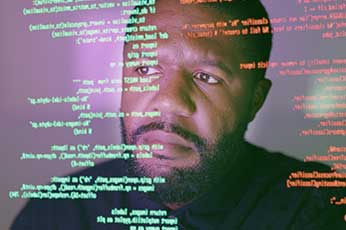If you’re tech-savvy and have a passion for design and all things creative, you may be interested in learning how to become a web designer. Pursuing a career as a web designer requires a mixture of creativity, training, technical skills and soft skills.
In this article, we'll define web design, discuss the web designer’s duties and responsibilities, explore some of the skills you may need to become a web designer and discuss the education and experience typically required to enter this field. Whether you're just starting the process of becoming a web designer or an experienced professional looking to carve a new path, read on for useful insights and guidance to help you prepare to pursue a career in this vibrant field.





